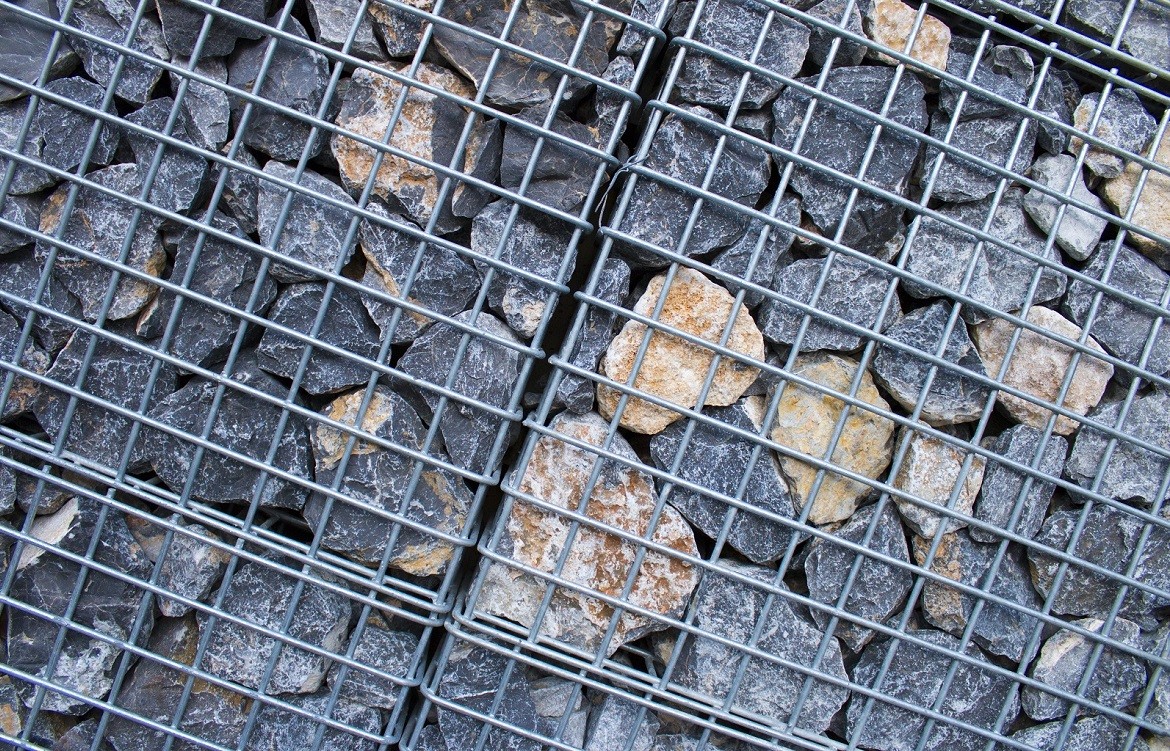Home /
NEWS /
How to apply slope protection net in slope reinforcement treatment
Dec 16, 2020
1. Slope treatment is a disaster prevention and control project with difficult construction and complex technology. Slope protection nets are increasingly used in disaster prevention and control projects. With the rapid development of my country's engineering construction industry and the increasing number of large-scale key engineering projects, slope treatment has become more and more prominent. For unstable slope rock mass, using corresponding supporting structure to support the slope is a reliable treatment method. Its advantage is that it can fundamentally solve the slope stability problem and achieve the goal of radical treatment. .
2. Overview of the
protection net project: The slope of a resettlement community is an artificial high-steep slope formed by the excavation of the original gentle slope. The height of the slope is about 12.0-13.0m, the slope is about 130m in east-west direction and 290m in north-south direction. The slope of the side slope is about 80 degrees. After the excavation of the slope was formed, some unsafe signs such as collapse appeared in some places. Therefore, it is necessary to take the optimized reinforcement treatment measures on the basis of evaluating the slope stability to carry out permanent treatment of the slope.

3. Engineering geology and hydrogeological conditions
According to the geotechnical survey report of the proposed slope reinforcement, the main stratum of the proposed site is plain fill, silty clay, silty clay, strongly weathered argillaceous sandstone, and moderately weathered argillaceous sandstone.
4. Overall evaluation of the slope stability of the protective net
According to the results of the stability analysis and calculation, the slope section is in an unstable state, and it needs to be reinforced immediately with a slope protection net.
5. Design plan for slope reinforcement and support of protective net
In order to prevent the instability of the slope, the slope is reinforced and treated. There are many design schemes for reinforcement treatment, such as grading, wall protection piles, anchor rods, spray anchors, etc., with different advantages and disadvantages. On the basis of in-depth mastering and research of existing engineering geology, hydrogeological data and surrounding environmental conditions, referring to the previous successful design and construction experience, and in accordance with the requirements for the design of permanent slope support in relevant codes, various supports are carried out. After the analysis, demonstration and optimization analysis of the protection design scheme, the slope is analyzed and calculated by using the "slope protection net", and finally the slope is reinforced by a design scheme of multiple supporting forms.
6. Precautions for the construction of the protective net
1. The depth, aperture and inclination of soil nails and anchor rods shall be constructed according to the designed construction parameters. The construction of each process should be carried out in strict accordance with the current relevant regulations and specifications.
2. When using bolt support, attention should be paid to waterless drilling as much as possible, and clean water drilling is not allowed.
3. The mortar mix ratio is determined according to the results of the indoor mix ratio test, and the grouting should be full. Before grouting in the bolt, the hole should be cleaned and no residue should be left.
4. After the construction of soil nails and anchor rods is completed, and the strength of the anchor solid reaches 75% of the design strength level, acceptance tests should be carried out, and the number of tests shall be in accordance with the requirements of the specification.
5. The pre-load applied to the bolt is 40% of the designed bearing capacity of the bolt. It is divided into two tensions. The first tension is 60% of the total pre-energizer and the second tension is 40% of the total pre-energizer. , The anchor strength must reach 70% of the design strength before it can be tensioned.
Pre:Electroplating process for surface anti-corrosion measures of chain link fence
Next:Several matters needing attention in the construction of highway fence
